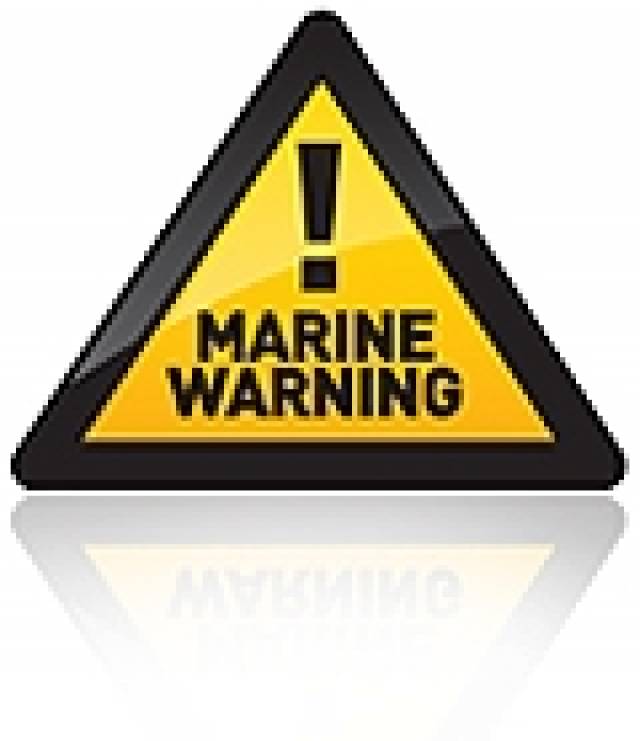Irish Water Safety's, John Leech is advising parents to supervise their children over the next few days until the current spell of hard weather moves away.His best advice is to stay off the ice.
Children will be tempted to play on the ice where it has frozen over many canals, ponds, lakes and flooded areas. Playing on the frozen edges of a pond, lake or canal is perilous as ice can be quite thick in one area yet it can be thinner within the same area.
Previous hard spells of weather have ended in tragedy where young children have fallen through the ice and drowned. The CEO is advising parents of children to be aware of their whereabouts over the next few days to ensure they do not fall through the ice.
Ice-related drownings can occur when the rescuer gets into difficulty attempting to rescue another person or a family pet. Whereas a pet will often manage to scramble to safety unaided, regrettably, the owner may not.
-
Know the Dangers of Ice
- Ice Factors
- Many factors affect ice thickness including: type of water, location, the time of year and other environmental factors such as:
- Water depth and size of body of water.
- Currents, tides and other moving water.
- Chemicals including salt.
- Fluctuations in water levels.
- Logs, rocks and docks absorbing heat from the sun.
- Changing air temperature.
- Shock waves from vehicles traveling on the ice.
- Ice Colour
- The colour of ice may be an indication of its strength.
- Clear blue ice is strongest.
- White opaque or snow ice is half as strong as blue ice. Opaque ice is formed by wet snow freezing on the ice.
- Grey ice is unsafe. The grayness indicates the presence of water.
Did you know ice thickness should be:
- 15 cm for walking or skating alone
- 20 cm for skating parties or games
- 25 cm for snowmobiles.
Never go out on ice alone and especially at night.
When You Are with Others on Ice
Rescuing another person from ice can be dangerous. The safest way to perform a rescue is from shore. Use your Mobile.
Call for help at 999 or 112 and ask for the Emergency Services. Give your precise location, the number of people in difficulty and any conspicuos building or landmark nearby.
Check if you can reach the person using a Ringbuoy and rope, long pole, items of clothing or branch from shore - if so, lie down and extend the pole to the person.
If you can not reach them then pass out something that will float e.g. a ringbuoy, empty water proof container e.g. oil, milk containers.
Instruct the casualty to keep still to maintain their heat and energy;
If you go onto ice, wear a PFD and carry a long pole or branch to test the ice in front of you. Bring something to reach or throw to the person (e.g. pole, weighted rope, line or tree branch).
When near the break, lie down to distribute your weight and slowly crawl toward the hole.
Remaining low, extend or throw your emergency rescue device (pole, rope, line or branch) to the person.
Have the person kick while you pull them out.
Move the person to a safe position on shore or where you are sure the ice is thick.
All casualties should be taken to hospital even if they appear to be unaffected by their ordeal as they will be suffering from hypothermia.
If you get into trouble on ice and you're by yourself
Call for Help
Resist the immediate urge to climb back out where you fell in. The ice is weak in this area.
Use the air trapped in your clothing to get into a floating position on your stomach.
Reach forward onto the broken ice without pushing down. Kick your legs to push your torso on the ice.
When you are back on the ice, crawl on your stomach or roll away from the open area with your arms and legs spread out as far as possible to evenly distribute your body weight. Do not stand up! Look for shore and make sure you are going in the right direction.































































